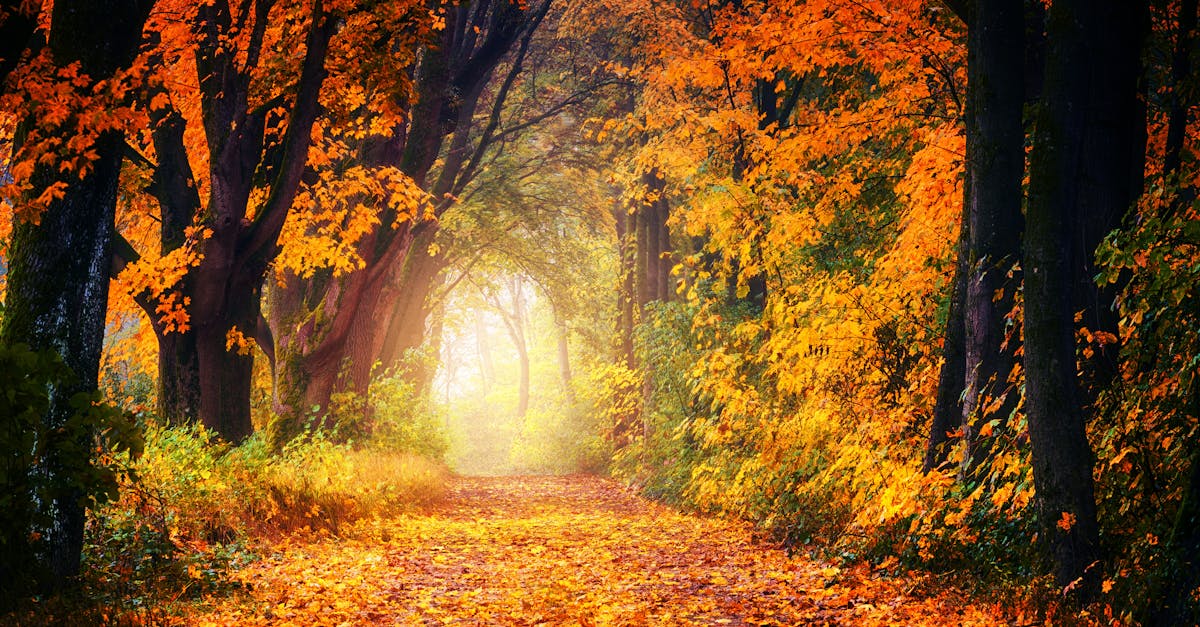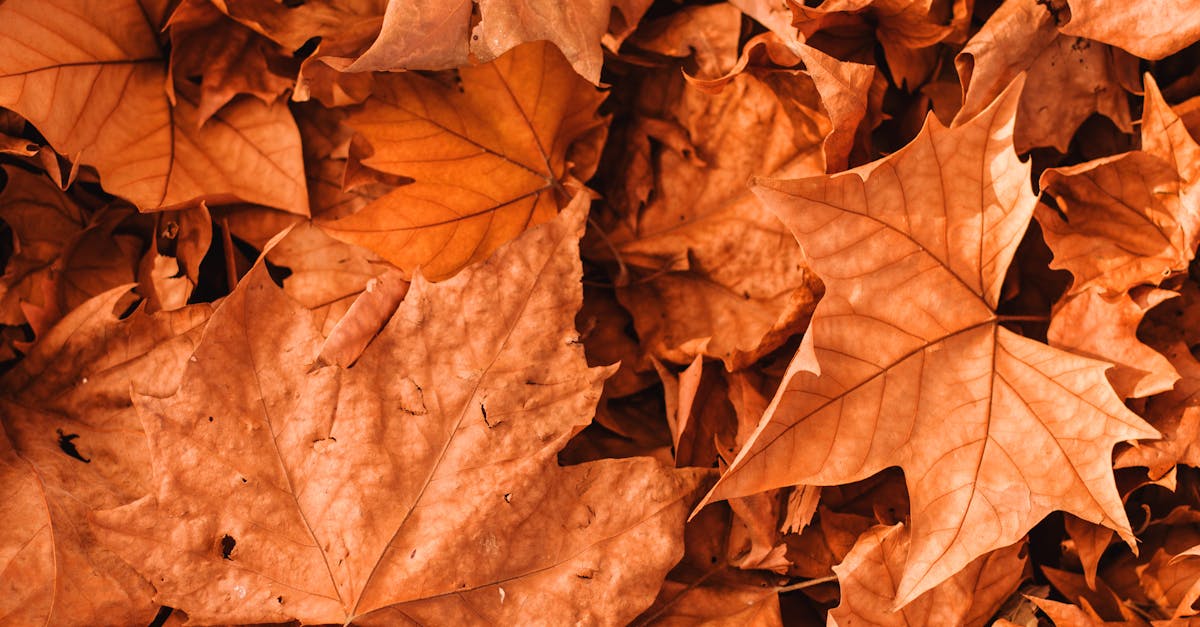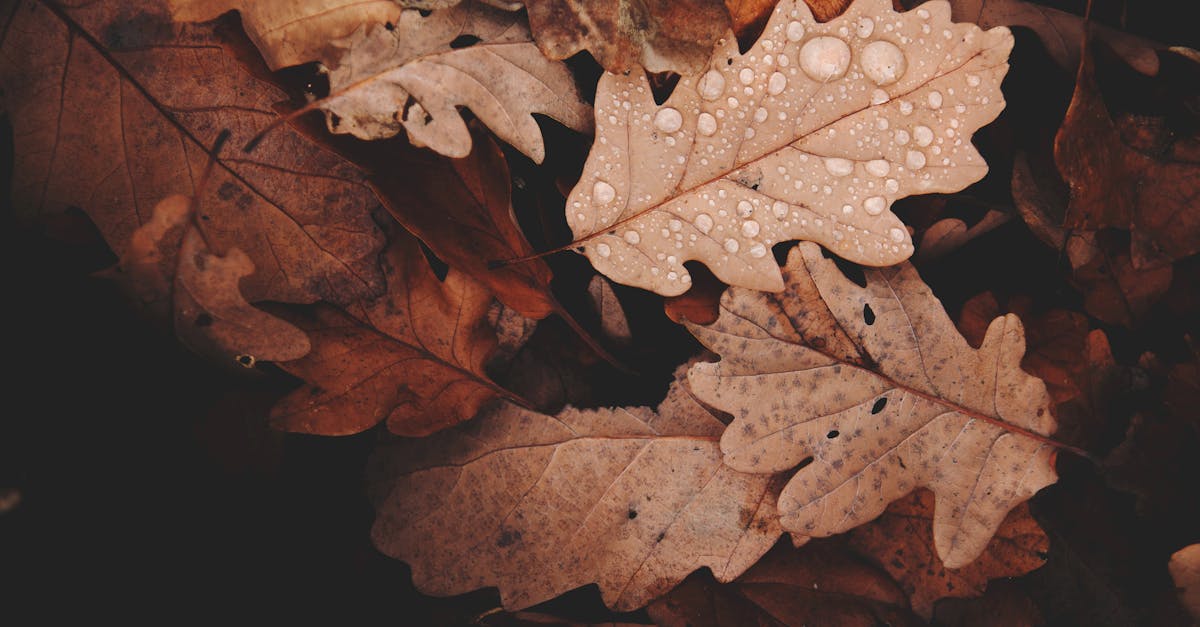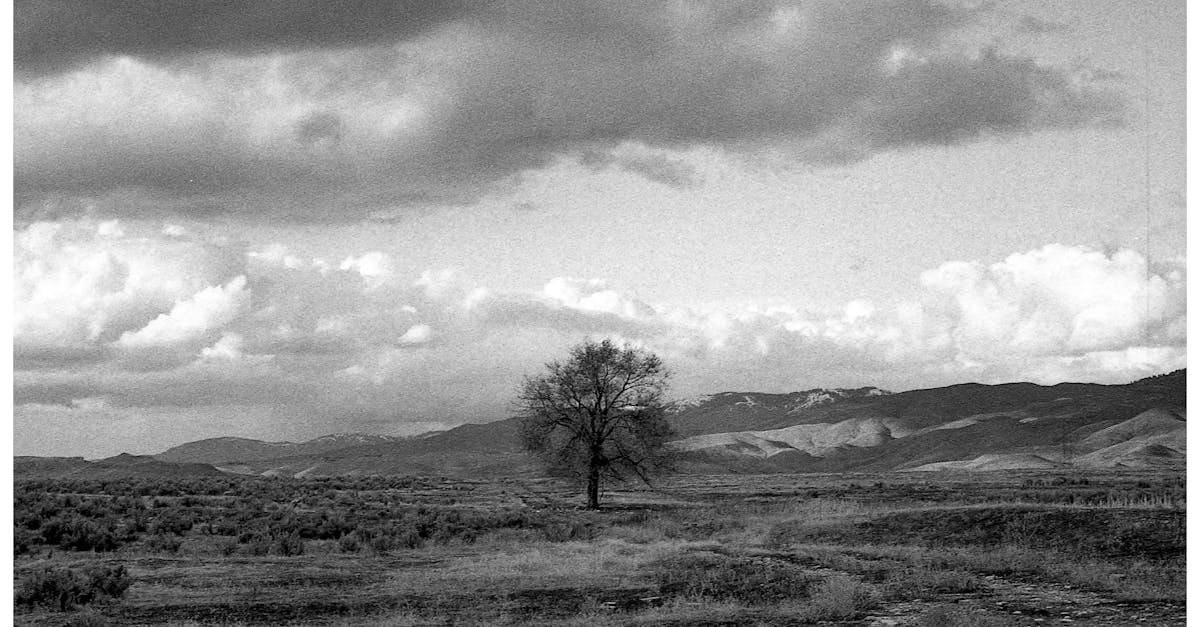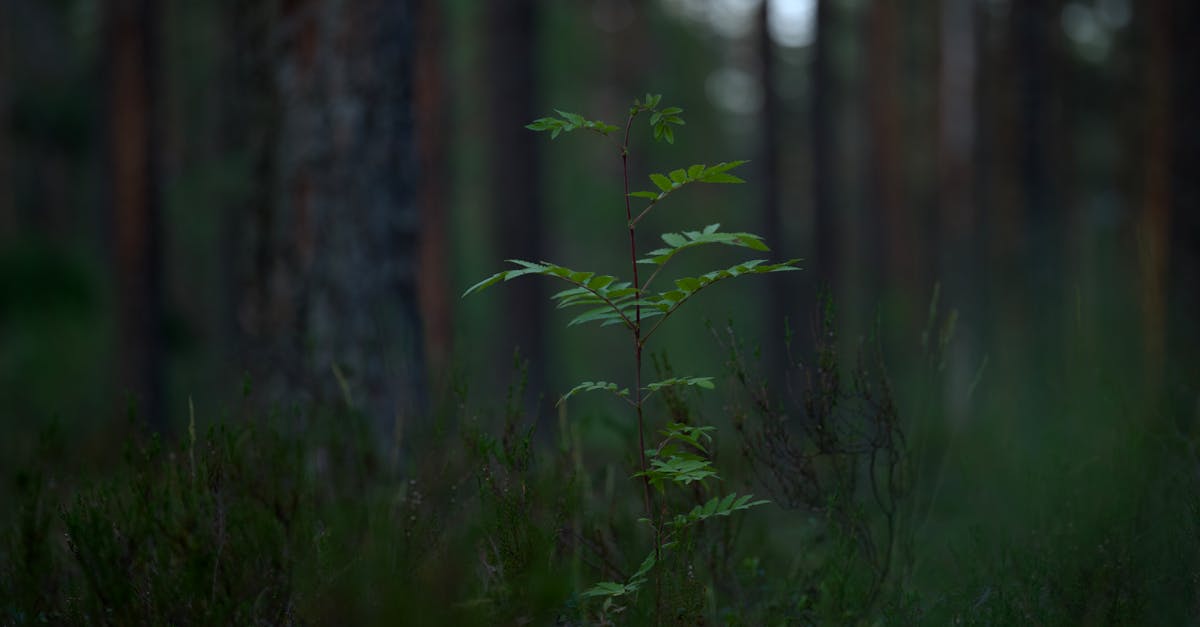From Humble Beginnings to Artistic Masterpieces: A Journey of Bonsai Transformations
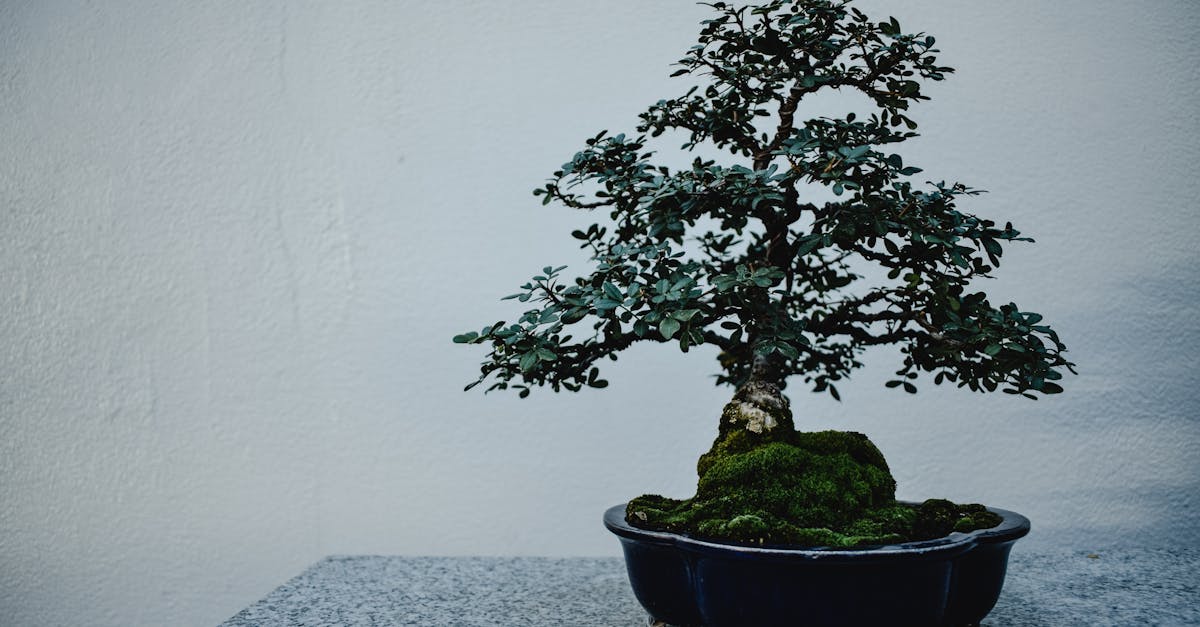
The enchanting art of bonsai, with its origins shrouded in the mists of time, has captivated enthusiasts worldwide. This ancient practice transforms humble plant material into living canvases, where nature’s artistry meets human ingenuity. Through meticulous shaping techniques and ongoing care, bonsai artists guide their miniature trees along a path of transformation, from their initial selection to their ultimate expression as refined and captivating works of art.
Bonsai is not merely a horticultural pursuit; it is a journey of patience, precision, and observation. Each stage of a bonsai’s progression, from the initial shaping to the ongoing cultivation, requires a deep understanding of the plant’s nature and a keen eye for detail. By embracing the principles of bonsai, enthusiasts embark on a quest for harmony and balance, not only within their miniature trees but also within themselves.
As we explore the inspiring bonsai progressions featured in this article, we will witness the remarkable transformations that skilled artists have achieved. From majestic pines to graceful junipers and vibrant azaleas, these progressions showcase the boundless possibilities of bonsai and the human spirit’s ability to shape and nurture the beauty of nature.
1. The Enchanting Art of Bonsai: A Living Canvas
Bonsai, the ancient art of cultivating miniature trees in containers, has captivated enthusiasts for centuries. Its origins can be traced back to ancient China, where Taoist monks were said to have created miniaturized landscapes in shallow dishes as a form of meditation. These early bonsai, known as penjing, were prized for their ability to evoke the beauty and tranquility of nature in a small space.
Over time, bonsai spread to Japan, where it underwent further refinement and became an integral part of Japanese culture. Japanese bonsai artists developed a unique set of principles and techniques that emphasized harmony, balance, and the expression of nature’s essence. These principles continue to guide bonsai cultivation today.
The allure of bonsai lies in its unique ability to combine nature and art. Bonsai enthusiasts appreciate the challenge of cultivating a living tree in a confined space, as well as the opportunity to express their creativity through shaping and styling. Bonsai is also seen as a meditative practice, as it requires patience, precision, and a deep connection with the natural world. Whether viewed as an art form, a horticultural pursuit, or a path to inner peace, bonsai continues to captivate and inspire enthusiasts worldwide.
2. The Progression’s Path: From Humble Beginnings to Artistic Expression

The progression of a bonsai is a journey that begins with the selection of suitable plant material and culminates in the creation of a refined and expressive miniature tree. This journey involves several distinct stages, each of which contributes to the overall development of the bonsai.
Initial Selection: The first step in creating a bonsai is to select suitable plant material. This involves choosing a species that is well-suited to bonsai cultivation, such as pines, junipers, or maples. The plant should also have a strong root structure and a trunk with good taper. The age of the plant is also an important consideration, as younger plants are more adaptable and easier to train.
Shaping and Sculpting: Once the plant material has been selected, the bonsai artist begins the process of shaping and sculpting the tree. This involves using a variety of techniques, such as pruning, wiring, and bending, to guide the tree’s growth and development. Pruning is used to remove unwanted branches and to encourage the growth of new shoots in desired areas. Wiring is used to bend and position branches, while bending is used to shape the trunk and roots.
Cultivating Refinement: The final stage in the progression of a bonsai is the cultivation of refinement. This involves providing the tree with the ongoing care and maintenance it needs to thrive, including watering, fertilizing, and pest control. It also involves refining the tree’s appearance through techniques such as jin (deadwood) and shari (partially剥离 bark). Over time, the bonsai will develop a sense of age and maturity, and its character will become more pronounced.
Initial Selection: Choosing the Right Canvas
The initial selection of plant material is a crucial step in the creation of a bonsai, as it determines the potential of the tree to develop into a refined and expressive miniature. Several factors need to be considered when selecting plant material, including species, age, and root structure.
Species: The choice of species is important because not all trees are well-suited to bonsai cultivation. Some species, such as pines, junipers, and maples, are more adaptable and easier to train than others. It is also important to consider the size and growth habit of the species, as this will affect the overall size and shape of the bonsai.
Age: The age of the plant material is another important consideration. Younger plants are more adaptable and easier to train than older plants. However, older plants may have a more developed root structure and a more interesting trunk, which can be desirable for certain bonsai styles.
Root structure: The root structure of the plant is also important, as it provides the foundation for the bonsai. The roots should be strong and well-developed, and they should be able to support the weight of the tree. A good root structure will also help the bonsai to withstand stress and disease.
By carefully considering the species, age, and root structure of the plant material, bonsai artists can increase the chances of creating a successful and beautiful bonsai.
Shaping and Sculpting: Guiding the Tree’s Form
Shaping and sculpting are essential techniques used in bonsai to guide the tree’s growth and development. These techniques allow bonsai artists to create a wide variety of forms and styles, from naturalistic landscapes to abstract compositions.
Pruning is one of the most basic shaping techniques used in bonsai. Pruning involves removing unwanted branches and leaves to encourage the growth of new shoots in desired areas. Pruning can also be used to control the size and shape of the tree.
Wiring is another important shaping technique used in bonsai. Wiring involves wrapping thin wire around the branches and trunk of the tree to bend and position them in desired directions. Wiring can be used to create curves, bends, and other shapes in the tree’s branches.
Bending is a technique used to shape the trunk and roots of a bonsai. Bending involves carefully bending the trunk or roots of the tree to create desired shapes and curves. Bending can be done by hand or with the help of tools, such as pliers or clamps.
These shaping techniques can be used individually or in combination to create a wide variety of bonsai forms and styles. By carefully controlling the growth and development of the tree, bonsai artists can create miniature landscapes that are both beautiful and expressive.
Cultivating Refinement: Nurturing the Tree’s Spirit
Cultivating refinement is an ongoing process that requires patience, dedication, and a deep understanding of the tree’s needs. By providing the bonsai with the proper care and maintenance, bonsai artists can promote the tree’s health, longevity, and overall beauty.
Watering is one of the most important aspects of bonsai care. Bonsai trees need to be watered regularly, but it is important to avoid overwatering, which can lead to root rot. The frequency of watering will vary depending on the species of tree, the size of the pot, and the climate.
Fertilizing is also an important part of bonsai care. Bonsai trees need to be fertilized regularly to provide them with the nutrients they need to grow and develop. The type of fertilizer used and the frequency of fertilization will vary depending on the species of tree and the stage of its development.
Pest control is another important aspect of bonsai care. Bonsai trees can be susceptible to a variety of pests, including aphids, scale, and mealybugs. It is important to monitor bonsai trees regularly for pests and to treat any infestations promptly.
By providing the bonsai with the proper care and maintenance, bonsai artists can help to ensure the tree’s health, longevity, and overall beauty. Over time, the bonsai will develop a sense of age and maturity, and its character will become more pronounced.
3. Inspirational Bonsai Progressions: A Visual Journey
Bonsai is an art form that celebrates the beauty of nature and the patience and skill of the artist. Bonsai progressions are a testament to the transformative power of bonsai, as they showcase the remarkable changes that can be achieved through careful cultivation and artistic vision.
This gallery of stunning bonsai progressions highlights the work of skilled artists from around the world. Each progression tells a unique story of transformation, from the initial selection of plant material to the final refined and expressive bonsai.
Through these progressions, we can witness the artist’s journey as they shape and sculpt the tree, guiding its growth and development. We can see how the artist uses different techniques, such as pruning, wiring, and bending, to create曲折的树干, graceful branches, and lush foliage.
These bonsai progressions are not only beautiful works of art, but they are also a source of inspiration for bonsai enthusiasts of all levels. They remind us that with patience, dedication, and a deep understanding of the tree’s needs, we can all achieve remarkable results in our own bonsai cultivation.
From Seedling to Majestic: The Tale of a Pine
The journey of a bonsai begins with the selection of suitable plant material. For this progression series, we have chosen a young pine seedling. Pine trees are well-suited to bonsai cultivation, as they are adaptable and relatively easy to train.
The first step in the progression is to pot the seedling in a bonsai container. The container should be small and shallow, as this will help to restrict the tree’s root growth and encourage the development of a compact root system.
Once the seedling is potted, it is important to begin shaping and training the tree. This can be done through a variety of techniques, including pruning, wiring, and bending. Pruning is used to remove unwanted branches and to encourage the growth of new shoots in desired areas. Wiring is used to bend and position branches, while bending is used to shape the trunk and roots.
As the tree grows and develops, it will need to be repotted into larger containers. Repotting is typically done every 2-3 years, or when the tree’s roots have filled the container. When repotting, it is important to carefully prune the roots to encourage the development of a healthy and compact root system.
Over time, with careful cultivation and training, the pine seedling will develop into a mature and captivating bonsai. The tree will develop a曲折的 trunk, graceful branches, and lush foliage. It will be a living work of art, a testament to the patience and skill of the bonsai artist.
The Dance of Roots and Branches: A Juniper’s Transformation
Juniper trees are a popular choice for bonsai cultivation, as they are adaptable and relatively easy to train. They are also known for their intricate root systems and graceful branches, which can be shaped and trained to create a variety of interesting and beautiful bonsai forms.
This progression series showcases the transformation of a young juniper tree into a mature and captivating bonsai. The progression begins with the selection of a suitable plant material. The artist has chosen a young juniper tree with a strong root system and a straight trunk.
The first step in the progression is to pot the tree in a bonsai container. The container should be small and shallow, as this will help to restrict the tree’s root growth and encourage the development of a compact root system.
Once the tree is potted, the artist begins to shape and train the tree. The artist uses a variety of techniques, including pruning, wiring, and bending, to create a曲折的 trunk, graceful branches, and a dense canopy of foliage.
As the tree grows and develops, it will need to be repotted into larger containers. Repotting is typically done every 2-3 years, or when the tree’s roots have filled the container. When repotting, the artist carefully prunes the roots to encourage the development of a healthy and compact root system.
Over time, with careful cultivation and training, the juniper tree develops into a mature and captivating bonsai. The tree’s intricate root system and graceful branches create a sense of movement and dynamism, making it a truly unique and beautiful work of art.
From Ordinary to Extraordinary: The Metamorphosis of an Azalea
Azaleas are a popular choice for bonsai cultivation, as they are relatively easy to care for and can produce beautiful flowers. Azaleas are also known for their delicate beauty and vibrant colors, which can be enhanced through careful cultivation.
This progression series showcases the transformation of an ordinary azalea into an extraordinary bonsai. The progression begins with the selection of suitable plant material. The artist has chosen a young azalea plant with a strong root system and a good branching structure.
The first step in the progression is to pot the tree in a bonsai container. The container should be small and shallow, as this will help to restrict the tree’s root growth and encourage the development of a compact root system.
Once the tree is potted, the artist begins to shape and train the tree. The artist uses a variety of techniques, including pruning, wiring, and bending, to create a graceful and balanced form. The artist also takes care to encourage the development of new shoots and buds, which will eventually produce flowers.
As the tree grows and develops, it will need to be repotted into larger containers. Repotting is typically done every 2-3 years, or when the tree’s roots have filled the container. When repotting, the artist carefully prunes the roots to encourage the development of a healthy and compact root system.
Over time, with careful cultivation and training, the azalea tree develops into a mature and captivating bonsai. The tree’s delicate beauty and vibrant colors make it a truly unique and beautiful work of art.
4. The Bonsai Master’s Toolkit: Essential Techniques and Tools
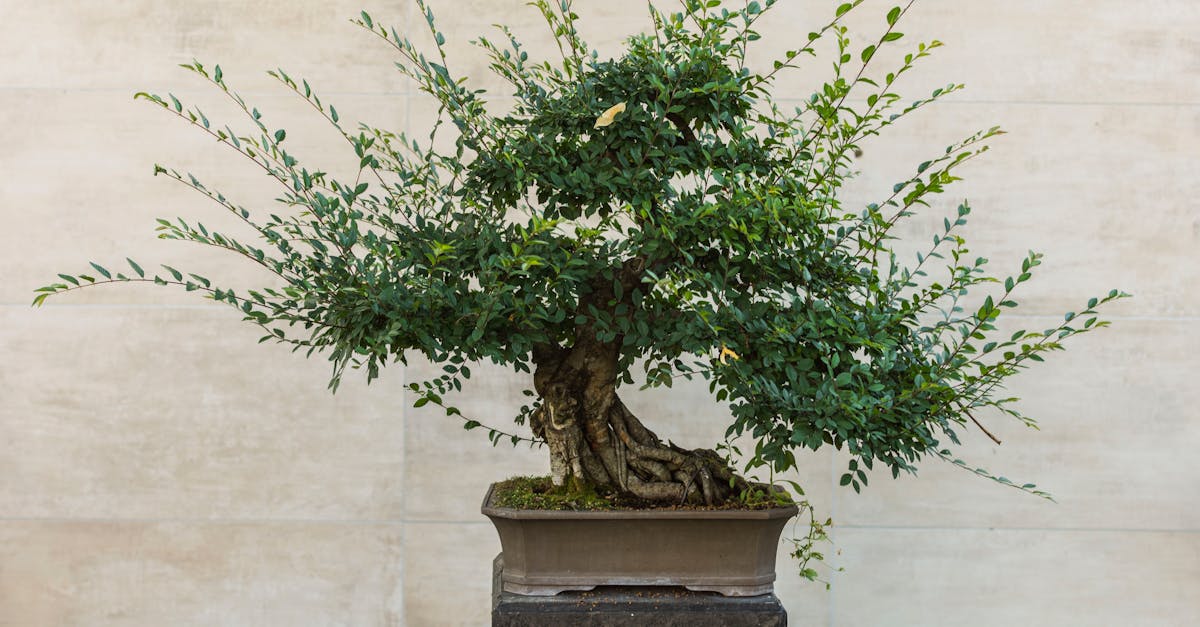
Bonsai cultivation is an art form that requires patience, dedication, and a deep understanding of the tree’s needs. Bonsai artists use a variety of tools and techniques to shape and train their trees, and the right tools can make all the difference in the outcome.
Essential Tools: There are a few essential tools that every bonsai artist should have in their toolkit. These tools include:
- Pruning shears: Pruning shears are used to remove unwanted branches and to shape the tree’s canopy.
- Wiring: Wiring is used to bend and position branches, and to create curves and other shapes in the tree’s trunk and branches.
- Bending tools: Bending tools are used to shape the trunk and roots of the tree.
- Repotting tools: Repotting tools are used to remove the tree from its pot and to repot it in a new pot with fresh soil.
Essential Techniques: In addition to the essential tools, bonsai artists also need to master a few essential techniques. These techniques include:
- Pruning: Pruning is used to remove unwanted branches and to shape the tree’s canopy. Pruning can also be used to encourage the growth of new shoots and buds.
- Wiring: Wiring is used to bend and position branches, and to create curves and other shapes in the tree’s trunk and branches. Wiring can also be used to train the tree to grow in a desired direction.
- Bending: Bending is used to shape the trunk and roots of the tree. Bending can be done by hand or with the help of tools, such as pliers or clamps.
- Repotting: Repotting is the process of removing the tree from its pot and repotting it in a new pot with fresh soil. Repotting is typically done every 2-3 years, or when the tree’s roots have filled the pot.
Bonsai Tools: Precision Instruments for Shaping and Refining
Bonsai cultivation is an art form that requires precision and attention to detail. Bonsai artists use a variety of specialized tools to shape and refine their trees, and each tool has a specific function.
Pruning Shears: Pruning shears are one of the most essential tools in a bonsai artist’s toolkit. Pruning shears are used to remove unwanted branches and to shape the tree’s canopy. There are a variety of different pruning shears available, each with its own specific purpose. Some pruning shears are designed for fine pruning, while others are designed for heavier pruning.
Wiring: Wiring is another important tool used in bonsai cultivation. Wiring is used to bend and position branches, and to create curves and other shapes in the tree’s trunk and branches. There are a variety of different types of wire available, each with its own specific properties. Some wire is soft and pliable, while other wire is stiffer and more difficult to bend.
Pliers: Pliers are a versatile tool that can be used for a variety of tasks in bonsai cultivation. Pliers can be used to bend and shape wire, to remove small branches, and to hold objects in place. There are a variety of different types of pliers available, each with its own specific function. Some pliers are designed for fine work, while others are designed for heavier work.
Root Hooks: Root hooks are used to remove soil from the roots of a bonsai tree when it is being repotted. Root hooks can also be used to shape and prune the roots of a bonsai tree. There are a variety of different types of root hooks available, each with its own specific function. Some root hooks are designed for fine work, while others are designed for heavier work.
Essential Techniques: A Guide to Common Practices
Bonsai cultivation is an art form that requires patience, dedication, and a deep understanding of the tree’s needs. Bonsai artists use a variety of techniques to shape and train their trees, and each technique plays an important role in the development of a harmonious and aesthetically pleasing bonsai.
Pruning: Pruning is one of the most important techniques used in bonsai cultivation. Pruning is used to remove unwanted branches and to shape the tree’s canopy. Pruning can also be used to encourage the growth of new shoots and buds. There are a variety of different pruning techniques, each with its own specific purpose. Some pruning techniques are used to remove large branches, while other pruning techniques are used to remove small branches and twigs.
Repotting: Repotting is the process of removing the tree from its pot and repotting it in a new pot with fresh soil. Repotting is typically done every 2-3 years, or when the tree’s roots have filled the pot. Repotting is an important technique because it allows the bonsai artist to inspect the tree’s roots and to make sure that the tree is healthy. Repotting can also be used to change the shape of the tree’s root system.
Wiring: Wiring is a technique used to bend and position branches, and to create curves and other shapes in the tree’s trunk and branches. Wiring is typically done with copper or aluminum wire. Wiring can be used to create a variety of different effects, from subtle curves to dramatic bends. Wiring is an important technique because it allows the bonsai artist to control the shape and direction of the tree’s growth.
5. Bonsai as a Path to Mindfulness and Artistic Fulfillment
Bonsai is an art form that has been practiced for centuries, and it is known to have a number of therapeutic and artistic benefits. Bonsai can help to reduce stress, improve focus and concentration, and promote creativity.
Therapeutic Benefits: Bonsai can be a very therapeutic activity. The act of caring for a bonsai tree can help to reduce stress and anxiety. Bonsai can also help to improve focus and concentration. When you are working on a bonsai tree, you need to be patient and focused. This can help to train your mind to be more focused and attentive in other areas of your life.
Artistic Benefits: Bonsai is also a very artistic activity. Bonsai trees are living works of art, and they can be used to express your creativity. Bonsai can be used to create a variety of different styles, from naturalistic landscapes to abstract compositions. Bonsai can also be used to express your personal style. Your bonsai tree can be a reflection of your personality and your unique perspective on the world.
Bonsai is a rewarding activity that can be enjoyed by people of all ages and skill levels. Whether you are looking for a way to reduce stress, improve your focus and concentration, or express your creativity, bonsai is a great option.
The Tranquility of Bonsai: A Path to Inner Peace
Bonsai is an art form that is often associated with peace and tranquility. The act of caring for a bonsai tree can be a very meditative experience. Bonsai requires patience, precision, and observation, and these qualities can help to promote relaxation and mindfulness.
Patience: Bonsai is a slow-growing art form. It can take many years to train a bonsai tree into a desired shape and style. This requires patience and dedication from the bonsai artist. The act of waiting and observing the tree’s growth can be a very meditative experience. It can help to teach us patience and acceptance.
Precision: Bonsai requires precision and attention to detail. When working on a bonsai tree, the artist needs to be careful and precise. This can help to train the mind to be more focused and attentive. The act of working on a bonsai tree can be a very calming and meditative experience. It can help to reduce stress and anxiety.
Observation: Bonsai requires observation. The bonsai artist needs to observe the tree’s growth and development. This requires patience and attention to detail. The act of observing the tree’s growth can be a very meditative experience. It can help to teach us to be more present and mindful.
Bonsai as an Art Form: Expressing Creativity through Nature
Bonsai is an art form that allows enthusiasts to express their creativity through nature. Bonsai trees are living sculptures, and they can be used to create a wide variety of different styles and compositions. Bonsai artists use their skills and imagination to create unique and expressive works of art.
Styles: There are many different styles of bonsai, each with its own unique characteristics. Some of the most popular styles include:
- Formal upright: This is the most traditional style of bonsai. The tree is grown in a straight, upright position, with its branches arranged in a symmetrical pattern.
- Informal upright: This style is similar to the formal upright style, but the tree is allowed to grow in a more natural, informal shape.
- Slanting: This style features a tree that is grown at an angle. The trunk of the tree is typically curved or leaning, and the branches are arranged to create a sense of movement.
- Cascading: This style features a tree that is grown over the edge of a pot or container. The branches of the tree cascade downwards, creating a waterfall-like effect.
- Literati: This style features a tree that is grown in a very simple, rustic style. The tree is typically small and gnarled, and it is often grown in a pot that is made from recycled materials.
Compositions: Bonsai artists also use their skills and imagination to create unique and expressive compositions. A bonsai composition is a miniature landscape that is created using a bonsai tree and other elements, such as rocks, sand, and moss. Bonsai compositions can be used to represent a wide variety of scenes, from peaceful gardens to dramatic mountain landscapes.
What is the difference between bonsai and penjing?
Bonsai and penjing are both the art of growing and training miniature trees in containers. However, there are some key differences between the two. Bonsai is a Japanese art form, while penjing is a Chinese art form. Bonsai trees are typically grown in shallow pots, while penjing trees are often grown in deeper pots or containers. Bonsai trees are typically pruned and trained to create a specific shape or style, while penjing trees are often allowed to grow more naturally.
How long does it take to grow a bonsai tree?
It can take many years to grow a bonsai tree. The time it takes will vary depending on the species of tree, the desired size and shape of the tree, and the skill of the bonsai artist.
How do I care for a bonsai tree?
Bonsai trees require regular care and maintenance. This includes watering, fertilizing, pruning, and repotting. The specific care requirements will vary depending on the species of tree.
Can I grow a bonsai tree from seed?
Yes, it is possible to grow a bonsai tree from seed. However, it is important to note that this can be a very slow and challenging process. It can take many years for a bonsai tree grown from seed to reach maturity.
Where can I learn more about bonsai?
There are many resources available to learn more about bonsai. You can find books, articles, and videos online. You can also find bonsai classes and workshops in many communities.

